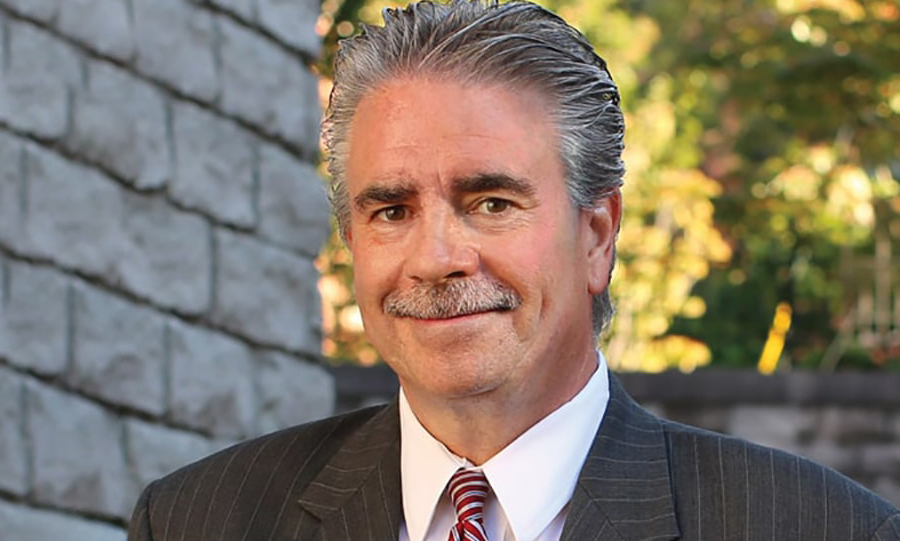In December 2018, President Trump signed the First Step Act. This legislation passed with overwhelming support from both sides of the aisle. During the State of Union address, President Trump held up the First Step Act as one of his biggest accomplishments. Many consider it the first major reform to our criminal justice system in over a decade.
The full title of this legislation is the Formerly Incarcerated Reenter Society Transformed Safely Transitioning Every Person Act, and it does just that. The law gives federal prisoners a second chance to renter society as productive, law abiding citizens by creating rehabilitative programs, reducing mandatory sentencing, and providing better confinement conditions.
Below are just a few provisions of the First Step Act:
- The law shortens mandatory minimum sentences for nonviolent drug offenses. It eases the “three strike rule,” which imposed a life sentence for three or more drug or violent felony convictions. The new mandatory minimum sentence after the First Step Act is 25 years. Other drug-related mandatory minimums were also reduced.
- In addition to reducing the mandatory minimum penalties, the law also changed the conditions in which they are triggered. Under the First Step Act, the defendant’s prior convictions must be considered a “serious drug felony” or a “serious violent felony.” Generally speaking, those are prior offenses that must have been punishable by a term of imprisonment of 10 years or more and the defendant must have served at least 12 months of that term.
- It expands the so-called “drug safety valve,” which allows a federal judge more discretion to deviate from mandatory minimum penalties for nonviolent drug offenses. Qualification for the safety valve includes a minimal criminal record.
- It adjusts good time credit calculations so that prisoners received 54 days of good time credit per year, rather than the 47 days they received previously.
- The law requires Federal Bureau of Prisons to place prisoners within 500 driving miles of their primary residence if security and prison space allow it. This is an acknowledgement that family separation harms both prisoners and their loved ones.
- It prohibits federal prisons from using restraints on pregnant prisoners during pregnancy and for a period thereafter.
- It also directs prisons to place low-risk prisoners on home confinement during the end of their sentence for the minimum amount of time permitted by law, which is up to 10% of the prisoner’s sentence of six months (whichever amount is less).
- Finally, the Act makes changes to the crack cocaine sentencing retroactive. A federal prisoner serving a sentence under the old weight thresholds can now file a motion for resentencing, which will most likely result in a reduction.
While its enactment demonstrates bipartisan support for criminal justice reform, there are concerns regarding implementation of the Act’s key provisions in the law. Many are concerned about the development of rehabilitation programs for federal prisoners aimed at reducing recidivism. In April of this year, the Department of Justice issued a press release outlining its progress in implementing the new law. The Department hired a nonprofit and nonpartisan institute to assist the government in its creation of recidivism reduction training programs and the development of newly required functions. Although there is still work to be done, the First Step Act is considered a critical win in the fight against mass incarceration.
* Kayla Campbell is a Civil Litigation Attorney with DBL Law.




